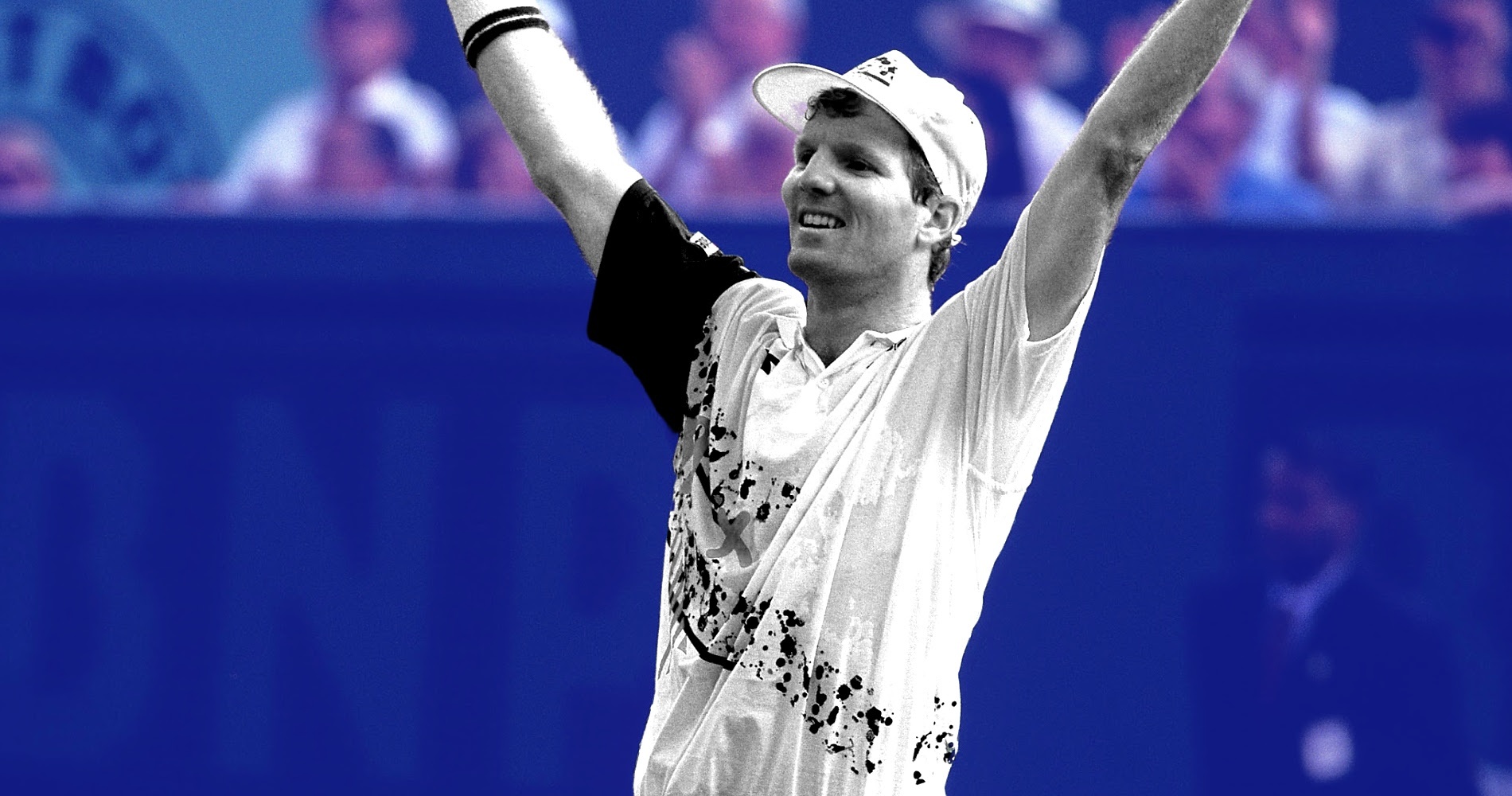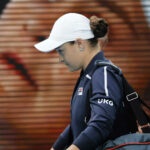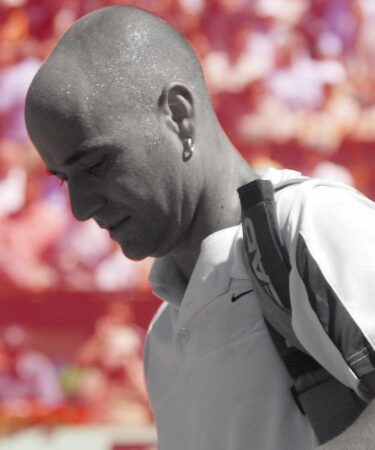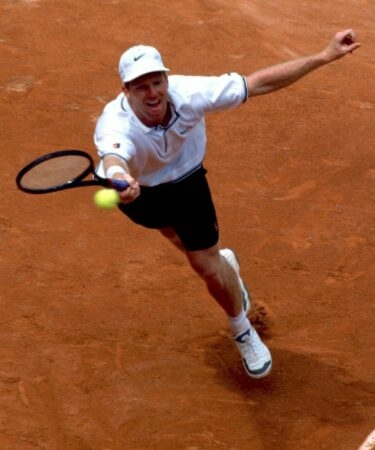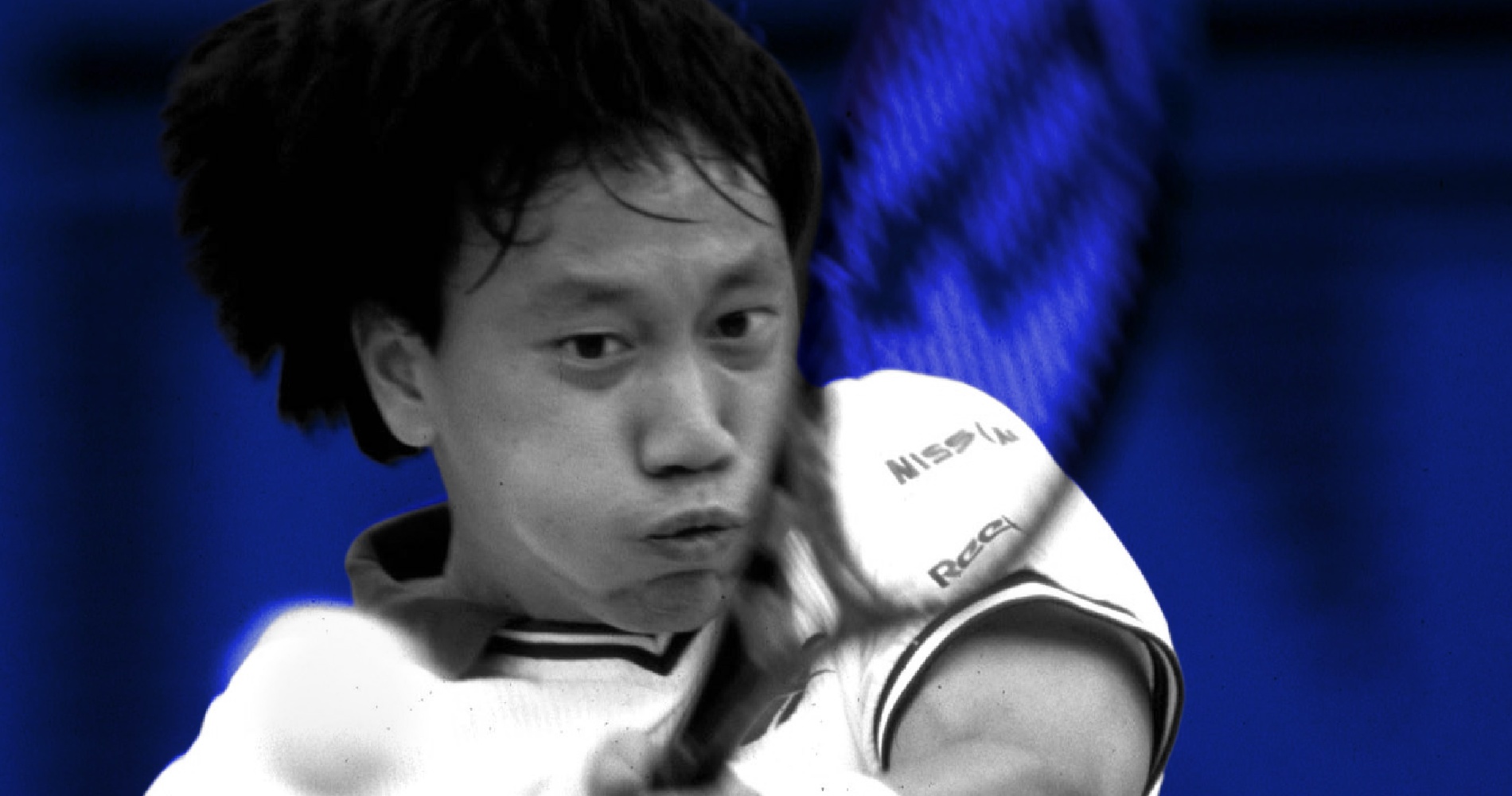May 9 2000: The day Jim Courier announced his retirement from professional tennis
Every day, Tennis Majors takes you back in time to relive a tennis event which happened on this specific day. On May 9, 2000, Jim Courier retired from professional tennis after a career which included four Grand Slam titles and two Davis Cup titles
 Jim Courier – On this day 9/5
Jim Courier – On this day 9/5
What exactly happened on that day?
On this day, May 9, 2000, former world No 1 Jim Courier from the United States announced his retirement from professional tennis, just a few months before turning 30. Now ranked No 67, he had dominated tennis in the early 1990s. A four-time Grand Slam champion, Courier was part of a golden generation of Americans, together with Pete Sampras, Andre Agassi and Michael Chang, who would leave an indelible mark on tennis history. Courier was also loyal to the Davis Cup and when the USA’s best players united, they won the trophy twice, in 1992 and 1995. He was the first among these champions, who had almost grown up together, to put an end to his career, six weeks after his last match in Miami, where he lost to Thomas Enqvist 6-7, 6-3, 6-4.
The life and career of Jim Courier
Born in 1970, Jim Courier was one of many players who learned their craft at the Nick Bollettieri tennis academy in the 1980s. He developed quite an unconventional game, using western grips and short backswings, often compared with baseball motions, which matched his trademark cap. His big serve and his inside-out forehand were his favourite shots, and he was famous for his work ethic, commitment and fitness.

Courier was the last of the big four Americans to make a big impression on the Tour; Michael Chang was the first to claim a Grand Slam title at Roland-Garros in 1989, joined by Pete Sampras who won the US Open in 1990, while Andre Agassi made two Grand Slam finals the same year. Although Courier was the least expected to take the lead among these rising stars, he made his Grand Slam breakthrough in 1991, claiming the French Open crown, beating Agassi 3-6, 6-4, 2-6, 6-1, 6-4. This was the start of his peak years, between 1991 and 1993, during which he became, at 22, the youngest player in tennis history to reach all four Grand Slam finals. He became the world No 1 in February 1992, a spot he would secure for a total of 52 weeks.
During these years, he claimed four Grand Slam titles. He successfully defended his title at the French Open in 1992, beating several future Grand Slam champions on his way (including Petr Korda in the final, 7-5, 6-2, 6-1). He also won the Australian Open twice, in 1992 and 1993, defeating Stefan Edberg in the final both times. In 1991, he reached the final at the US Open, where Edberg delivered an exquisite performance to beat him 6-2, 6-4, 6-0.
The turning point in his career probably came in the middle of 1993. Reaching the final for the third time in a row at Roland-Garros, he lost his crown to Spain’s Sergi Bruguera after an epic battle, going down 6-4, 2-6, 6-2, 3-6, 6-3.
A month later, he would be defeated again in what was his last Grand Slam final appearance by Sampras at Wimbledon 7-6, 7-6, 3-6, 6-3. From that point on, Courier began a steady decline and struggled with his motivation. After a surprising loss in the 4th round of the US Open to Cédric Pioline (7-5, 6-7, 6-4, 6-4), he cracked a few months later after losing in the first round in Paris-Bercy, “Right now my best surface is my bed,” he said. In November, during his match against Andrei Medvedev at the Masters Cup in Frankfurt, he grabbed a novel during a changeover and started reading, contrasting with his usual focus and involvement : ‘It is an interesting book. I felt like reading it”, he said.
In 1994, despite some good results, including a semi-final run at the French Open (defeated again by Bruguera), his motivation hit a low point during the summer and he considered leaving the Tour for a while. Here was his state of mind after a loss against Alex Corretja of Spain: ‘It was all my doing,’ Courier said. ‘I missed a few shots, and I lost interest. I’m tired, physically, mentally and emotionally. I am hitting the ball fine. There is a problem inside, and I am really not sure what it is. The only way to figure it out is to just take a step away.”
In the last five years of his career, he won only five of his 23 career titles. His last epic feat came at a 1999 Davis Cup tie away to Great Britain, when he won a four-hour marathon against world No 7 Tim Henman in the opening match (7-6, 2-6, 7-6, 6-7, 7-5), before edging out No 11 Greg Rusedski in a thrilling decisive match, (6-4, 6-7, 6-3, 1-6, 8-6).
In 2000, his ranking had dropped to No 67. His motivation was at its lowest, which eventually pushed him to quit professional tennis. According to The Independent, he stated: “A wise man once told me: ‘When you wake up and don’t want to get better at tennis, it’s time to stop.’ That day has been around for most of this year. I’ve put the nose to the grindstone for more than 12 years with no off-seasons. Maybe that’s why I’m checking out earlier than the other guys. There’s a limited amount of reserves, only so much juice to go around.”
Courier was also known for some funny moments on and off the court.
He celebrated both his successes at the Australian Open by diving into the Yarra River, which made him sick the second time as he caught a worm in the polluted water. In 1993 at the French Open, he told off a spectator for reading a newspaper during his match.
The Parisian crowd also appreciated him for trying to give his speeches in French. On top of the reading-on-court anecdote, he could sometimes come up with unexpected punchlines during his press conferences.
What next? Courier become Davis Cup captain and leading tennis analyst
After his retirement, Courier would remain involved in tennis by taking up commentating for various TV channels. He would become famous for his on-court interviews made special by his sense of humour and his former champion touch. In 2010, he would be named captain of the US Davis Cup team, a position he would hold for eight years. Under his guidance, the team would reach the semi-finals twice. He would resign after a loss against Croatia in 2018.
The rest of the American big four would progressively quit as well, albeit in different ways. Sampras would retire in 2002, winning the US Open in one last moment of glory. Chang would quit in 2003 after a slow decline; Agassi would be the last one standing, still reaching a US Open final in 2005, at the age of 35, before hanging up his racquet in 2006. These great players would not be replaced and American tennis is still waiting for a generation that could match the champions of old.
Jim Courier was introduced to the Hall of Fame in 2005.


